Popular on Food52
Continue After Advertisement
19 Comments
LeBec F.
January 3, 2014
well, better late than never (on my part, that is. i just found this and it was done 2 yrs ago!). What a terrific piece.Loved all the different aspects you covered.While I was familiar with most of the points, I particularly appreciated the Tell a Story and Imperfections topics. I was surprised that you didn't mention 'overhead' v.s. 'side' shots, because it has seemed on 52 that you favor the former, and that's something new for alot of newbie photographers. Hope you'll include more specific technical recommendations, and a long feature on lighting ( Oh, and food surfaces.)Thx so much for the great work!
Conor B.
June 28, 2012
Thank you so much for the wise words. I need to do some thinking...
Best,
Conor
Best,
Conor
Pegeen
June 26, 2012
Useful, helpful information! I have no personal connection to her (except for loving her work), but thirschfeld & other lovers of Old Masters food paintings might want to check out Paulette Tavormina's work. For example:
http://www.tavorminaphotography.com/p849673867#h86748ca
Thanks for a great article. Looking forward to the next installment.
http://www.tavorminaphotography.com/p849673867#h86748ca
Thanks for a great article. Looking forward to the next installment.
kitchenwlittleb
June 26, 2012
Beautiful shots. Although I love doing photography, I still struggle with food photography, particularly with lighting. I think that's the true key to making it all work is having good lighting. Often times the first piece of advise is "natural light," however for amateur food bloggers/photographers, we're shooting at night. Eventually I know I'll have to invest in good lighting for night shots, but we'll get there.
Regardless, tips are always appreciated and those pictures are things of beauty!
Regardless, tips are always appreciated and those pictures are things of beauty!
Kitchen B.
June 26, 2012
Some food bloggers recommend lowel ego lights, which are supposed to mimic daylight for night use. Best place on recommendation was amazon.com for a long time. Cheers.
Alternatively, keep a 'hero' (small) portion of your food aside and photograph it in daylight.
Alternatively, keep a 'hero' (small) portion of your food aside and photograph it in daylight.
roland.hu
June 26, 2012
Great article! I've lately become more interested in food photography and this was a great introduction! Thanks so much and looking forward to tomorrow's article.
Creative C.
June 26, 2012
Love this sentence, "Don't shortcut the food so it looks better on the plate." - I think some food photographers might laugh themselves silly at what some of us do to get that shot. The family waiting in the kitchen for a meal means that real food as it really looks is on that plate. I once had a class with a food stylist and though it was interesting it was not really all that helpful. I'll not be putting any denture cream into anything in the near future. :)
thirschfeld
June 26, 2012
The painting, "Breakfast" pictured in the Old Master's still-life link is sex on the table. Can't help myself I have always seen it that way.
Sasha (.
June 26, 2012
Fantastic words and examples! I love how the edge of the almond tart is echoed in the little crochet of the fabric below it. So pretty. My absolute favorite is the cream puff one... the missing one revealed in the negative space is so perfect.
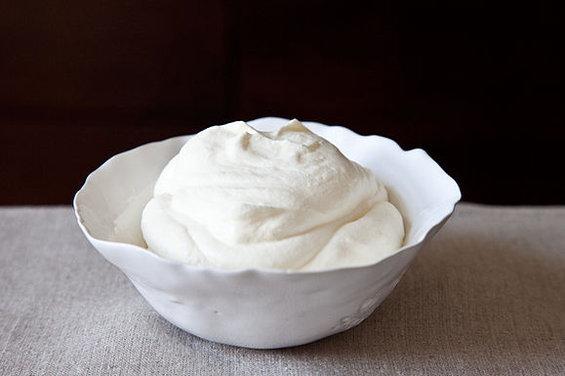
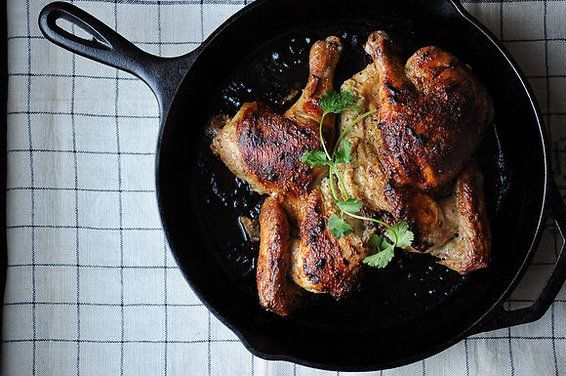
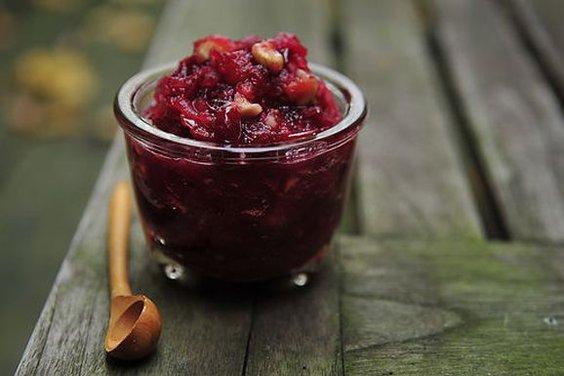
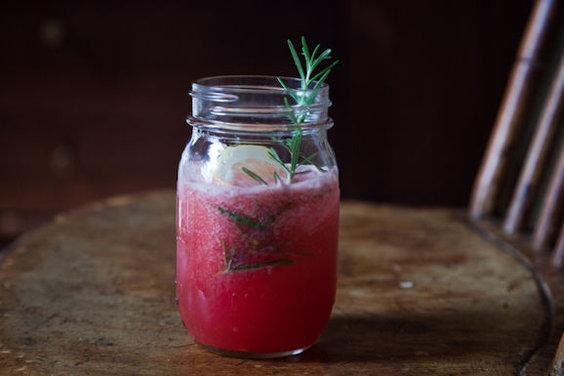
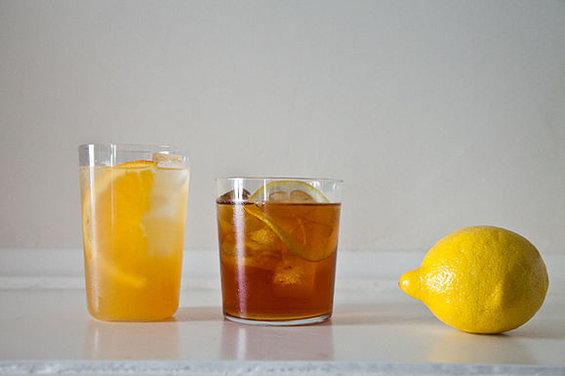
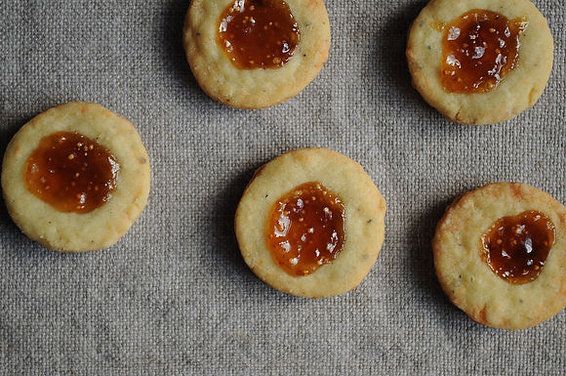
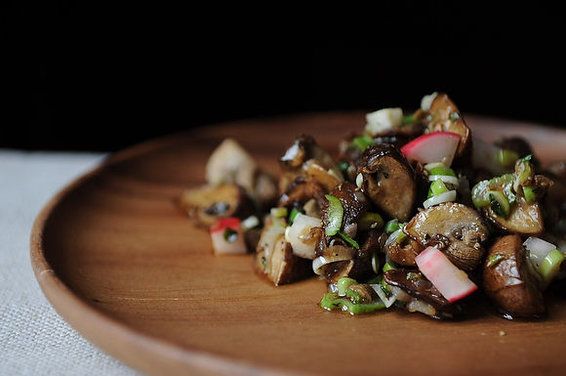
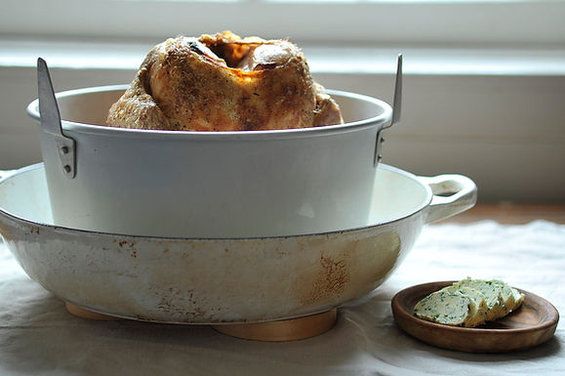
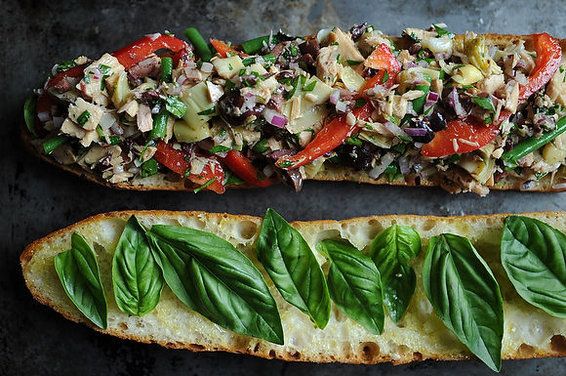
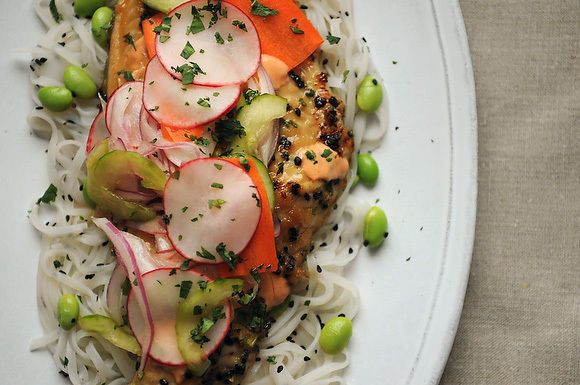
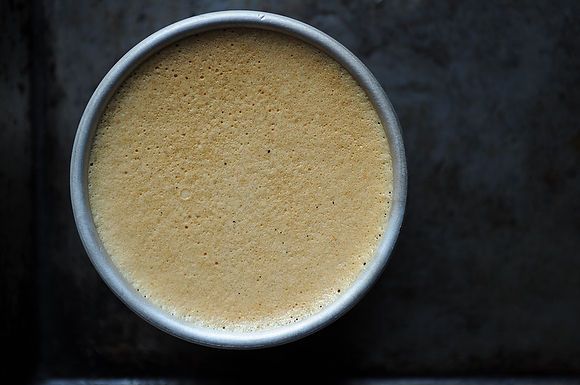
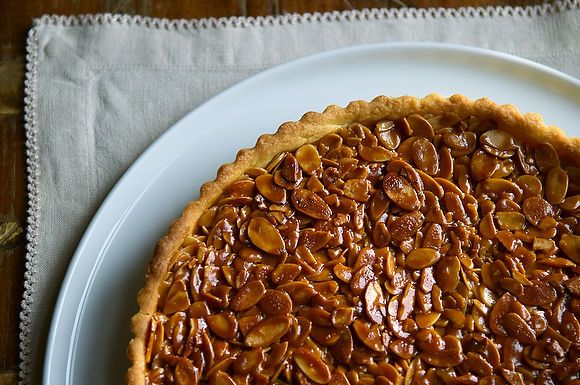
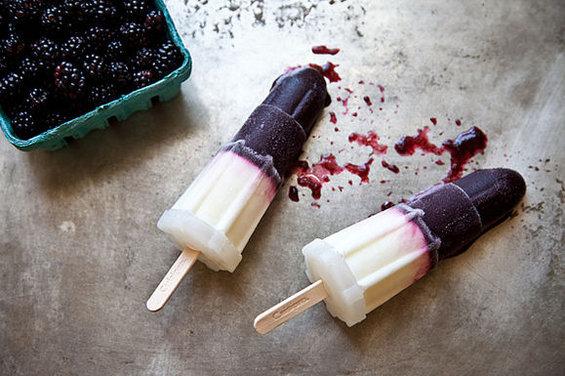
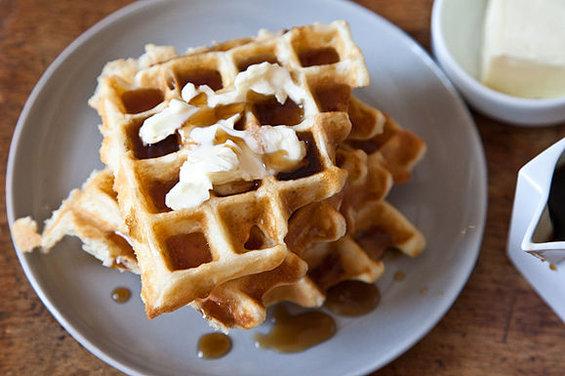
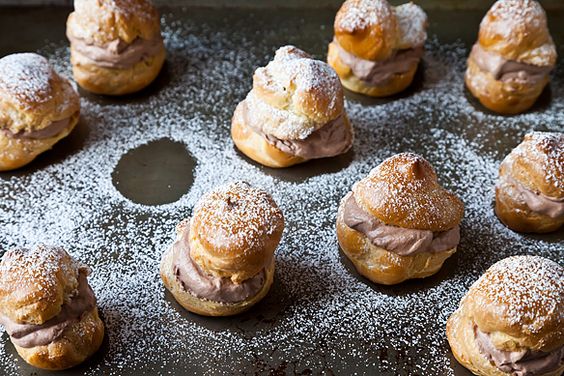
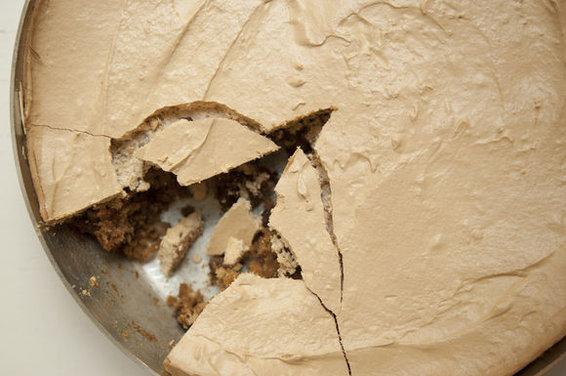
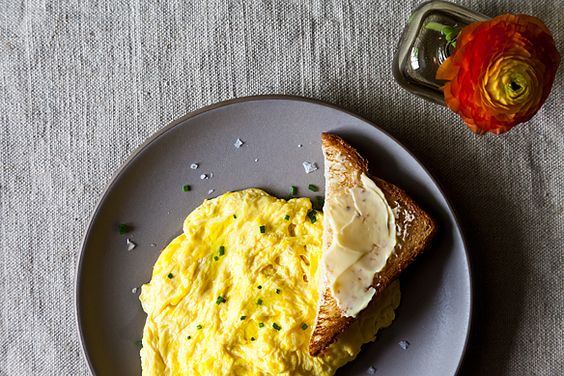
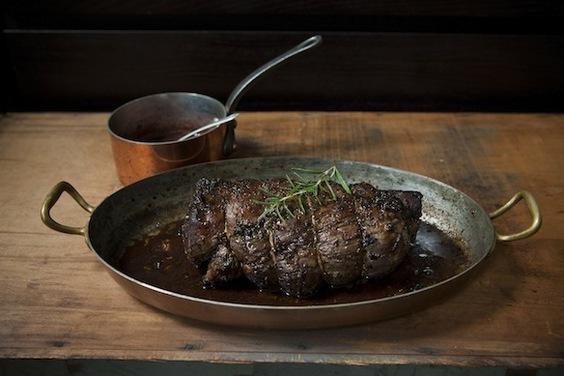

See what other Food52 readers are saying.